Can a fresh store layout help shoppers make healthier selections?
By 2050, the number of obese adults in the UK is expected to hit 26 million, up 73% from today. That’s almost 40% of the population. And supermarkets are making matters worse by putting unhealthy products like confectionery and crisps in prominent positions such as aisle ends and at checkouts.
So says the ‘Health on the Shelf’ report, published last week by the Royal Society for Public Health and Slimming World. To prove there’s a better way, both organisations temporarily changed the layout of a North London store to “nudge” shoppers towards healthier (as defined by NHS advice) choices.
So what exactly does this kind of ‘nudging’ look like? And does it work?
The Nudge store, which was open from 25 to 28 July, didn’t involve removing any unhealthy foods - the range remained the same. Instead, more space was allocated to healthier choices and they were put at eye level. Shelves also carried notes such as: ‘Alternate with low-alcohol drinks to stay hydrated and reduce overall alcohol intake.’
As you walked into the store, you were greeted with an abundance of fresh fruit & vegetables, more than seemed usual for a store of about 1,000 sq ft.

At aisle ends near the front of the store, where you might usually find snacks on promotion, healthy treats like nuts and seeds were displayed. Above them were signs showing the produce personified as cartoon characters.
At the tills were fresh fruit, and in the soft drinks fridge, sugary drinks were on the bottom shelf, with bottled water at eye level.
The shop’s alcohol range was in its usual position, towards the back. Cigarettes were also still on sale, though with plans for an information point on quitting.
Beyond the trial
Although the trial is now over, the store owners - independent retailer The People’s Supermarket - say they intend to preserve “at least 90%” of the ‘nudge’ layout.
“We were impressed by the significant number of thought provoking questions raised by some of our regular customers, who were delighted with the transformation,” says People’s Supermarket CEO Brian Jarrett.
It’s exactly the kind of response RSPH and Slimming World are hoping for. In fact, they want the government and industry to enshrine what was on display at Nudge into a “set of key principles applied to all supermarkets”.
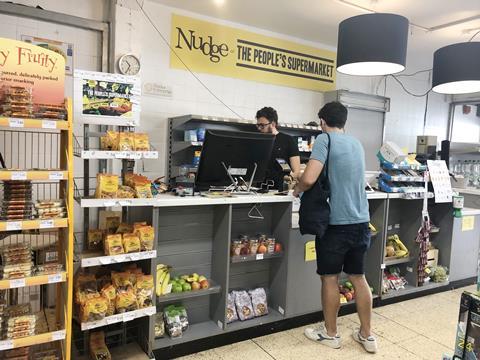
It’s a matter of making “the healthier choice the easier choice”, says Slimming World public health manager Carolyn Pallister.
Store design can heavily influence consumer behaviour, adds RSPH deputy CEO Duncan Stephenson. “A lot of the demand is created by the layout. People are often buying things they don’t want or need because of the choice architecture. We want to turn that on its head.”
The jury is, however, still out on whether shoppers buy into the idea. When The Grocer visited Nudge mid-morning on a Thursday, the store could not be described as bustling and some seemed bemused by the layout.
“Where’s the chocolate?” asked a woman with her grandson.
This is just one example, of course, and The People’s Supermarket insists the overall response was positive.
But if consumers prove reluctant to be nudged towards healthier options, the danger for retailers who adopt the Nudge approach could be that their shoppers are nudged to other stores instead.



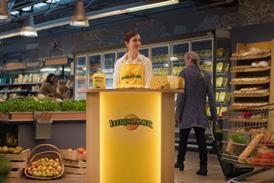
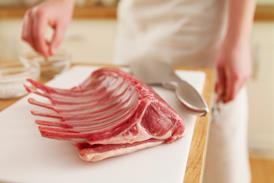


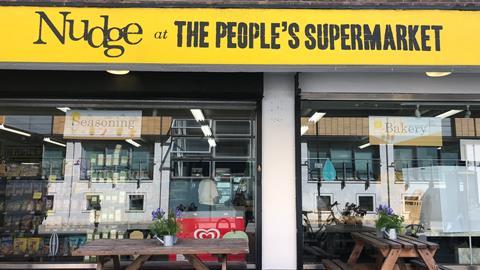

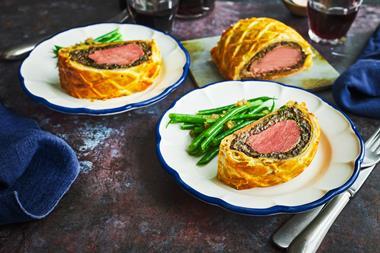
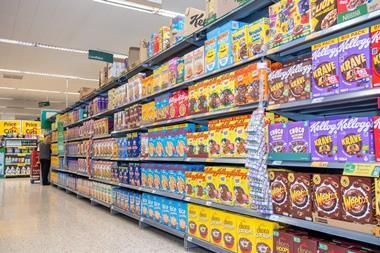









No comments yet